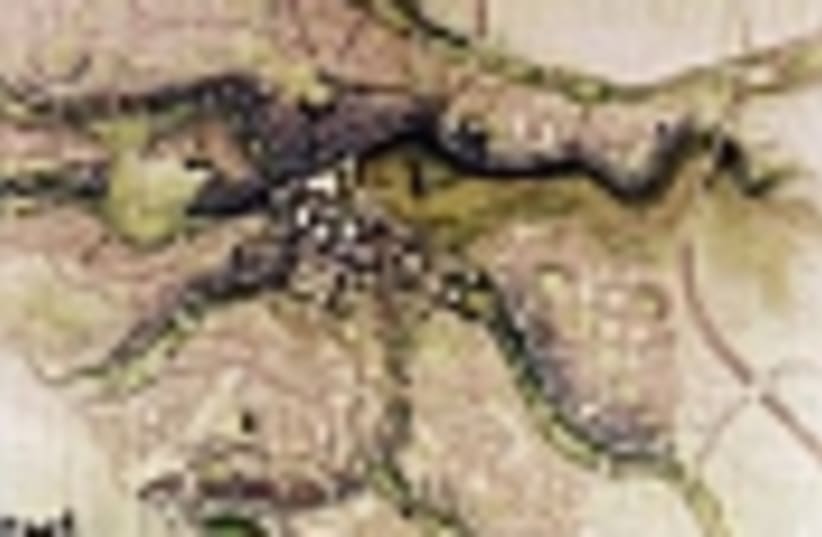| More about: | Uri Lupolianski, Moshe Safdie, Ehud Olmert, Hadassah Medical Center |
The fight for the hills
The controversial Safdie Plan for west Jerusalem just came one step closer to becoming a reality.


| More about: | Uri Lupolianski, Moshe Safdie, Ehud Olmert, Hadassah Medical Center |